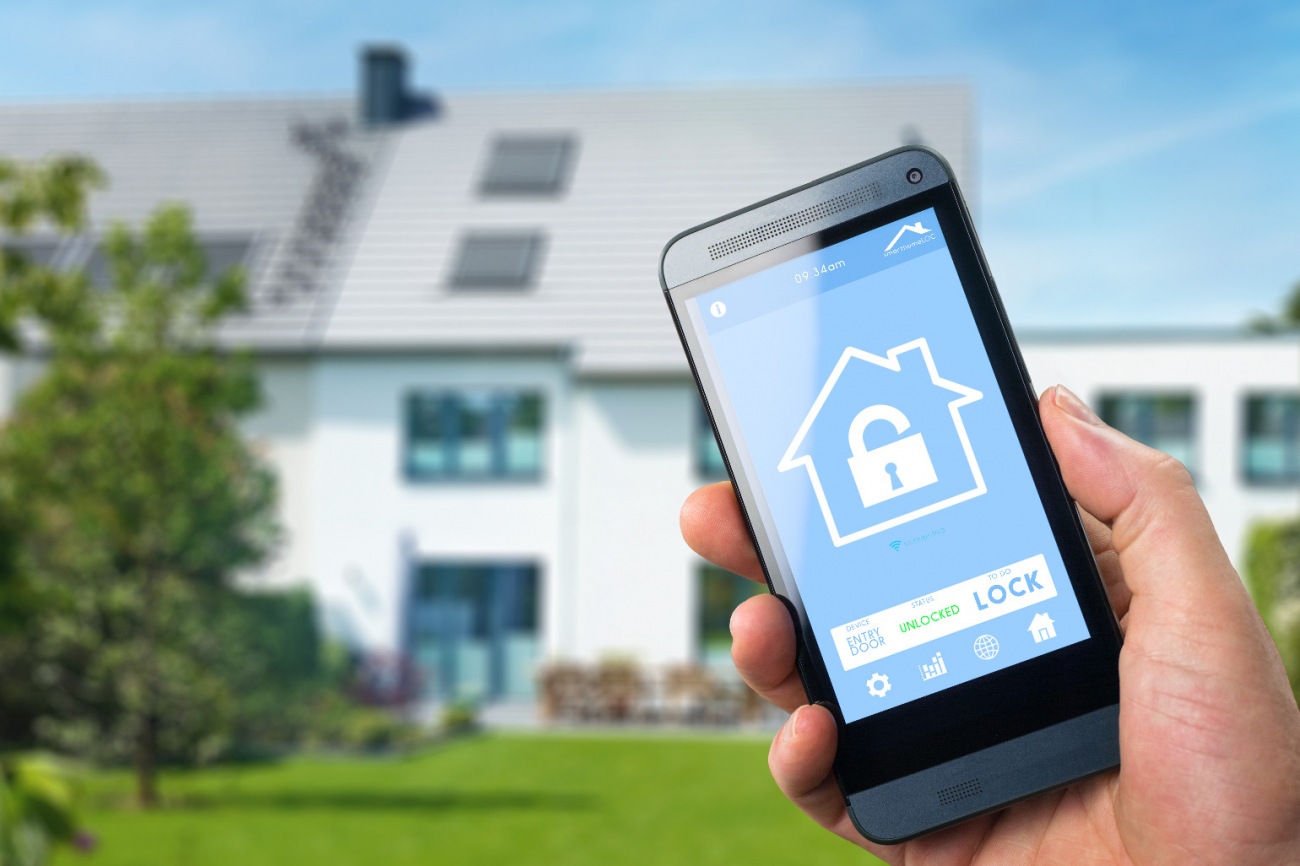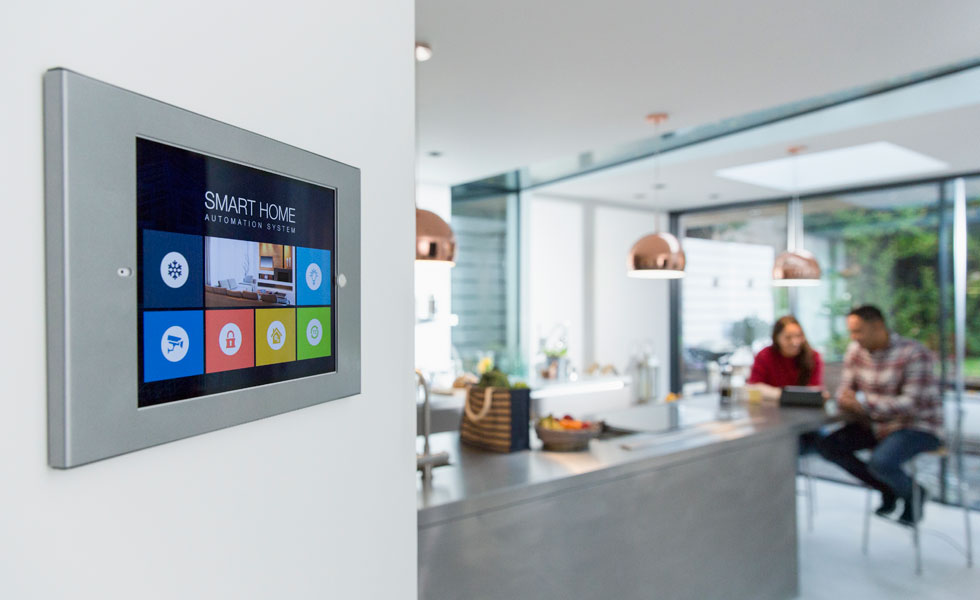In recent years, the concept of robotic assistants in households has transformed from a futuristic fantasy into a tangible reality. These advanced technologies are not only revolutionizing the way we live but also reshaping our perception of home management. As robotic assistants become more integrated into our daily lives, they offer unparalleled convenience and efficiency to homeowners and businesses alike.
The advent of robotic assistants marks a significant milestone in the evolution of smart homes. With the primary keyword strategically placed within the initial paragraphs, we delve into how these devices are enhancing our living spaces and redefining the concept of comfort.

The Rise of Robotic Assistants in Modern Households
The integration of robotic assistants in households is part of a broader trend towards smart home technology. From automated vacuum cleaners to intelligent personal assistants, these devices are designed to make life easier and more manageable. Homeowners and businesses are increasingly adopting these innovations to simplify everyday tasks and improve efficiency.
Robotic assistants offer a wide range of functionalities, such as cleaning, scheduling, and even security. Their ability to perform repetitive tasks with precision allows homeowners to focus on more important aspects of life, ultimately enhancing their quality of living.
Advantages of Robotic Assistants
The benefits of having robotic assistants in households are numerous. These devices can significantly reduce the time and effort required for mundane chores, such as cleaning and organizing. For example, robotic vacuum cleaners can efficiently clean floors, allowing homeowners to save hours each week.
Additionally, robotic assistants equipped with artificial intelligence can learn user preferences and adapt their functionalities accordingly. This personalized approach ensures that tasks are completed in the most efficient manner, providing a customized experience for each household.
Transforming Home Management with Technology
As technology continues to evolve, the role of robotic assistants in households is expanding. These devices are now capable of managing various aspects of home life, from climate control to security surveillance. The incorporation of smart sensors and connectivity features allows them to interact seamlessly with other smart home devices, creating a cohesive ecosystem.
For homeowners interested in exploring the potential of smart home setups, resources such as IoTXTech's Smart Office Setups at Home and How Smart Homes Support Remote Work provide valuable insights into optimizing home environments.
Challenges and Considerations
While robotic assistants offer numerous advantages, there are also challenges to consider. The initial cost of purchasing and maintaining these devices can be a barrier for some homeowners. Additionally, privacy concerns arise with the increased use of connected devices in homes, as they may collect and store sensitive data.
To address these issues, it is crucial for homeowners to conduct thorough research and choose reliable products from reputable manufacturers. Websites like Asurion's Smart Home Checklist offer guidance on selecting and installing smart home devices.

Future Prospects of Robotic Assistants
The future of robotic assistants in households is promising, with continuous advancements in artificial intelligence and machine learning. These technologies will enable robotic assistants to become even more intuitive and capable, further enhancing their role in home management.
As the demand for smart homes grows, the market for robotic assistants is expected to expand significantly. Businesses can also benefit from these innovations by streamlining operations and improving productivity.
FAQs
1. What are the primary functions of robotic assistants in households?
Robotic assistants are designed to perform various tasks such as cleaning, scheduling, and security monitoring. They help automate routine chores, allowing homeowners to focus on more important activities.
2. Are robotic assistants cost-effective?
While the initial cost of robotic assistants can be high, their ability to save time and effort on daily tasks can lead to long-term cost savings. Many homeowners find the investment worthwhile for the convenience and efficiency they offer.
3. How do robotic assistants ensure privacy and security?
Reputable manufacturers implement strong security measures to protect user data. Homeowners should choose devices with robust privacy features and regularly update their software to safeguard against potential threats.
For more information on the latest trends in smart home technology, visit IoTXTech's article on AI Predicting Homeowner Needs.

